First generation students unlock knowledge
Research on how people learn suggests that low-income and first generation college students excel when they are actively engaged in learning instead of passively listening to lectures. They are able to unlock the knowledge necessary for academic success when they have opportunities to narrow individual gaps between what they know when they arrive on campus and what they need to know to be successful in college. A recent New York Times article reported on research findings that “women, minorities, and low-income and first-generation students benefit more [from active learning] than white males from affluent, educated families.”
Minority, low-income and first generation students, especially those educated in public high schools, often start college with less background knowledge than their privileged peers. Without fully understanding expected assumptions of previous knowledge inherent in traditional lectures, these students lack the context their peers take for granted. All students attend the same lecture or read the same textbook and interpret information based on previous knowledge, which in the case of first generation students, is often inadequate.
I found similar trends when analyzing evaluation data on student learning in science for the Smithsonian Institution. The Smithsonian’s Science Education Center studied the impact on inquiry-based science on student learning among low-income and minority children, including English language learners, in the Houston Independent School District and selected school districts in New Mexico and North Carolina. The three-year randomized controlled trial found that when students were actively engaged in structured hands-on science experiments and activities instead of memorizing information acquired through teacher lectures and science textbooks, they actually excelled in science, as well as in mathematics and reading.
What low-income and first generation K-12 students already know — their background knowledge — is vastly different than what we commonly assume. For example, an educator in New Mexico told me a story about the challenges of teaching the principles of physics illustrated by wing airflow during takeoff, in flight, and landing to kids who had never seen an airplane. She told me about a teacher who took her students on a field trip to the Albuquerque airport to watch planes take off and land on the runway. Some of the students shared with her that they had no idea that airplanes were so big that people actually could fit inside them. These kids understood “airplanes” as tiny “birds” flying high above their rural communities. The teacher helped unlock knowledge, providing these children with an opportunity to build a firm foundation upon which to contextualize future learning. They had no context when she described airflow in lectures. In this case, a real-life experience filled the gap.
The findings I analyzed for K-12 science are reflected in college science courses. Courses that emphasize active learning, as opposed to passive lectures, can actually build in background knowledge for low-income and first generation college students. In her introductory biology course, Professor Kelly Hogan of the University of North Carolina at Chapel Hill “deliberately structures in-class and out-of-class assignments” to ensure that students repeatedly engage with the material. There are guiding questions about each week’s reading, which sometimes require students to answer questions online, “for a grade, before coming to class.”
University of Massachusetts at Amherst and Yale University researchers, in a study to be published, compared active and passive teaching approaches in college physical chemistry courses. One group learned through the traditional lecture style. Another group learned through a “flipped” format. Flipped courses put lectures online, allowing students to come to class having already addressed background knowledge issues. Filling the gap before class allows students to engage in problem-solving activities in the class itself. The researchers found “exam performance over all was nearly 12 percent higher in the flipped class,” concluding that active learning supports improved student achievement, especially among women, low-income and first generation students.
Academic performance is enhanced by a sense of belonging — a feeling that students from these groups often acutely lack.
These students encounter particular challenges in traditional lecture courses. Many perceive the environment as a “high-pressure atmosphere that may discourage them from volunteering to answer questions, or impair their performance if they are called on.” Others are already intimidated by the college experience itself. Being put on the spot in front of professors and peers reinforces the “impostor syndrome” — a feeling of not belonging in college — that haunts many low-income and first generation students from the first day they step onto a college campus. And research confirms that “academic performance is enhanced by a sense of belonging — a feeling that students from these groups often acutely lack.”
Low-income and first generation students, both in K-12 schools and in college, often lack crucial background knowledge that that middle- and upper-middle class students take for granted. One way to narrow the gap between what students already know and what they need to know to be successful students is to offer active learning opportunities. Research based on the neuroscience of learning has shown that inquiry-based learning and “flipped classrooms” offer approaches to learning that appeal to low-income and first generation students and allow them to excel in school. It is time we start to transform K-12 and college curricula from passive to active learning based on what works for diverse students.




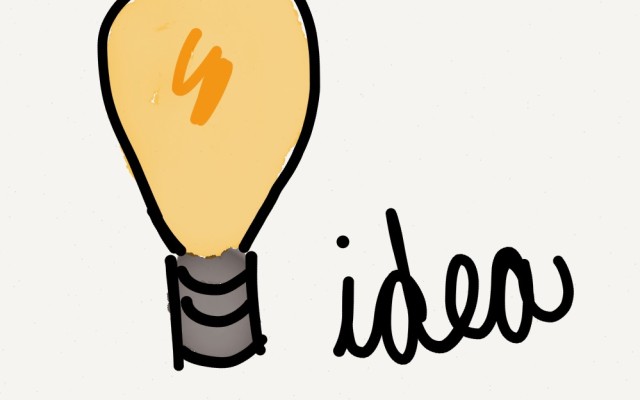

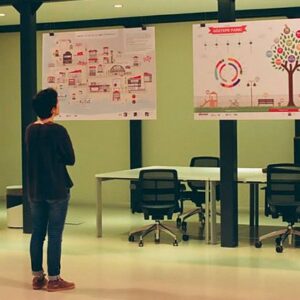

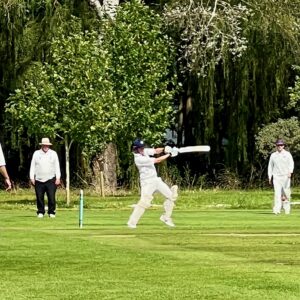
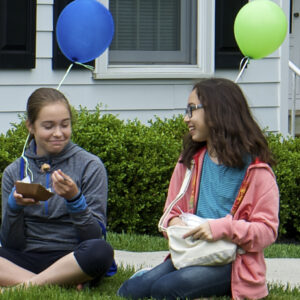


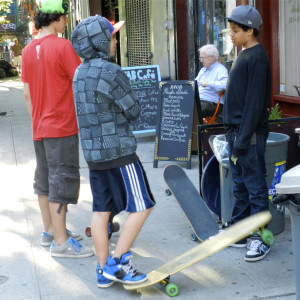
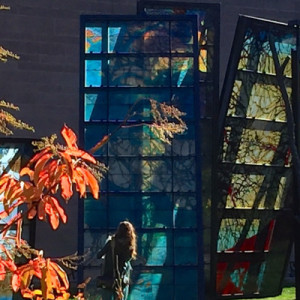
No Comments Yet!
You can be first to comment this post!